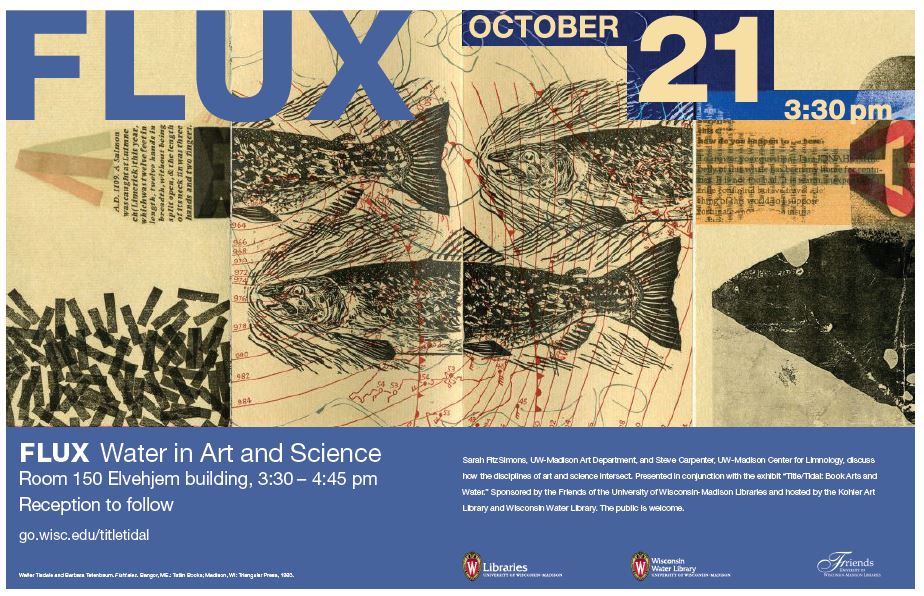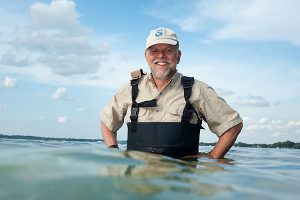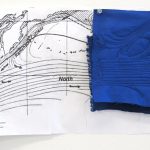Part of library reference work is helping patrons discover the wealth of resources in the public domain for use in research, teaching, creative (re)production, and simply for inspiration. Copyright.gov offers: “A work of authorship is in the “public domain” if it is no longer under copyright protection or if it failed to meet the requirements for copyright protection. Works in the public domain may be used freely without the permission of the former copyright owner.” Excellent guidance on copyright is offered by most libraries, including these helpful sites from the University of Wisconsin-Madison Libraries and Cornell University. When works have been returned to the public domain because of copyright expiration—which happens in overwhelming volume every year—the biggest challenge for librarians is discovering them! One of the many benefits of the growing digitization of formerly print and analog resources is that we now have talented digital curators taking up the task of locating items coming out of copyright, contextualizing them, and rendering them accessible. A favorite public domain sleuth is the brilliant The Public Domain Review. Naturally, we searched their content archive today for “water,” and here is a small sample of the treasures we found. Read an essay about algae’s place in the history of science of the eighteenth century. Learn about the art of swimming (and enjoy gorgeous woodcuts) in Everard Digby’s De Arte Natandi, published in 1587. If winter water sports are your jam, take instruction from a French ice skating manual published in 1813. If greeting Kermit the Frog yesterday left you needing more friends of the hopping variety, you might enjoy a surrealist short film by Spanish film director and cinematographer Segundo Chomón to get your weird on. Finally, top it off with the stunning illustrations from the first known color publication on fish in 1754. The companion essays by astonishing contributors to the Public Domain Review won’t let you down.
Click on the titles below to read further.
PUBLIC DOMAIN REVIEW | Visions of Algae in Eighteenth-Century Botany
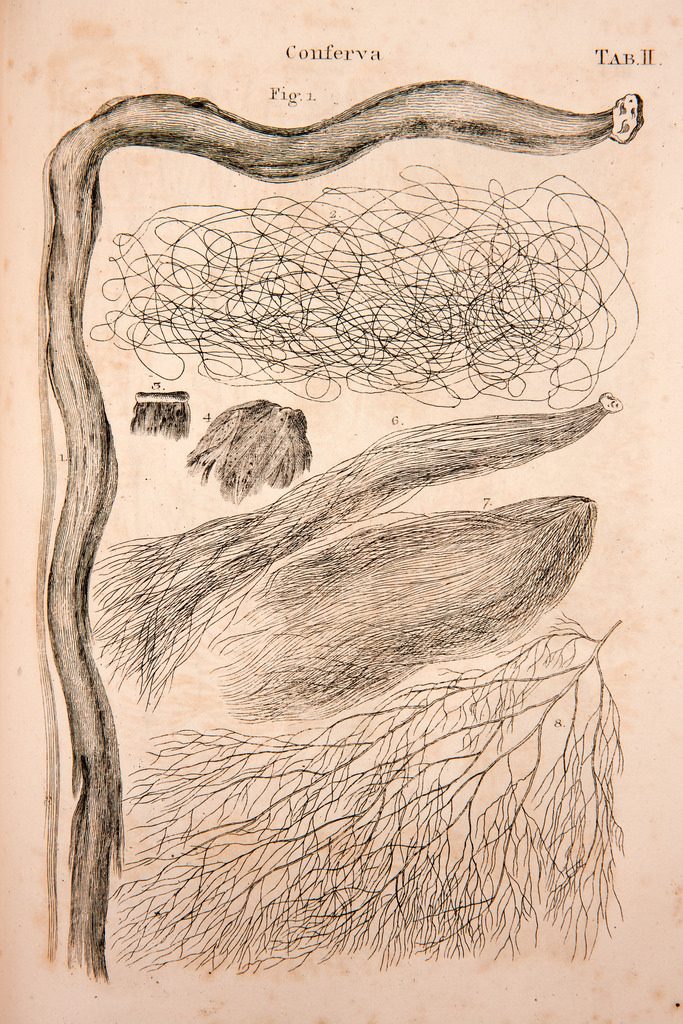
PUBLIC DOMAIN REVIEW | The Art of Swimming (1587)
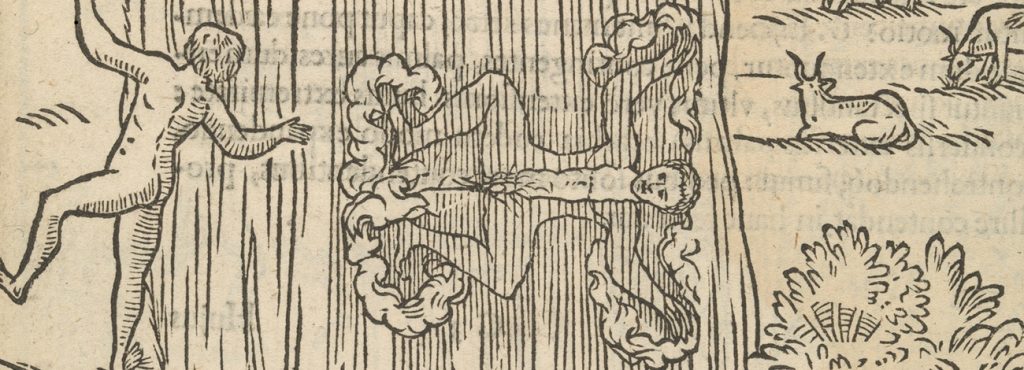
PUBLIC DOMAIN REVIEW | Skating with Bror Myer (1921)
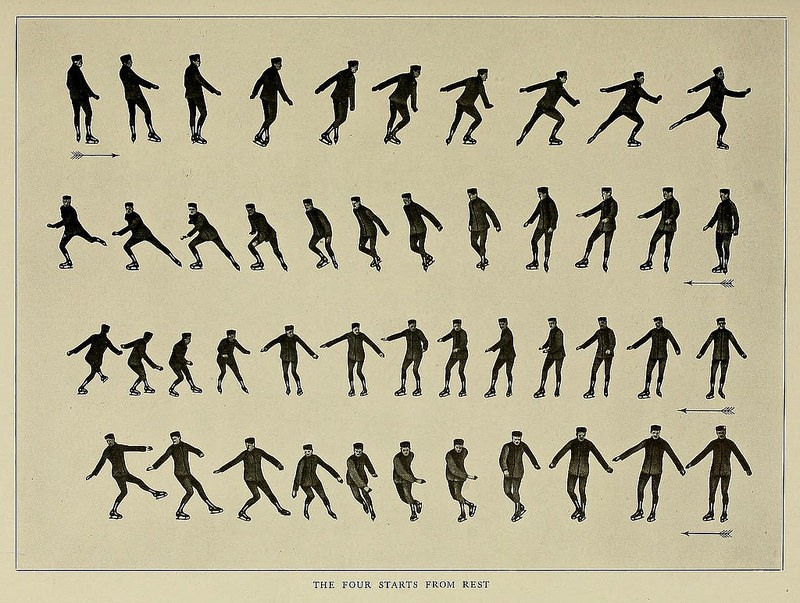
PUBLIC DOMAIN REVIEW | Images from the First Colour Publication on Fish (1754)
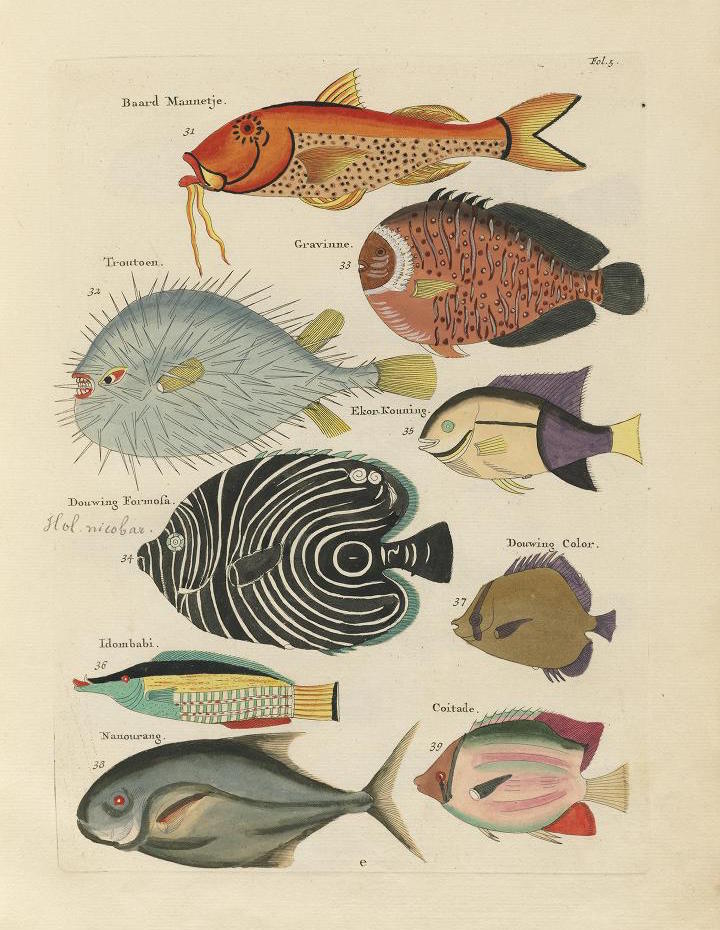
PUBLIC DOMAIN REVIEW | The Frog (1908)
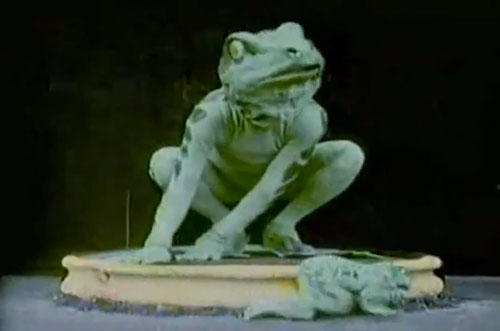
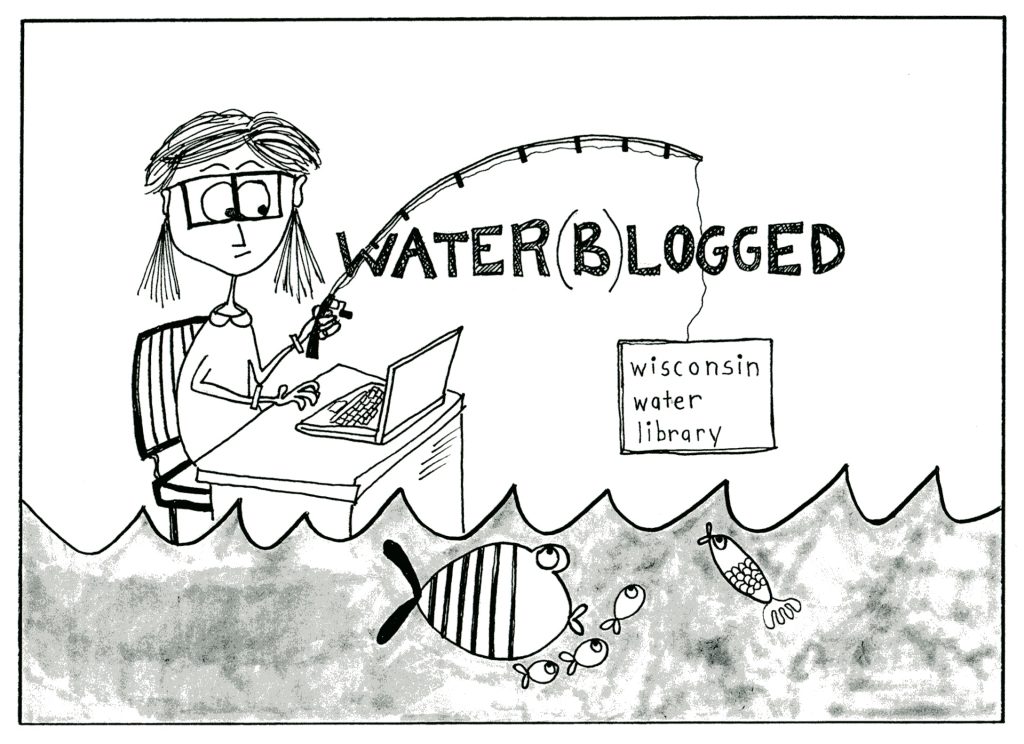
Water(B)logged is a series we bring to you this July/August 2017 as a departing project of an adoring Wisconsin Water Library library assistant who wishes to celebrate her favorite things about water and this most special of special libraries.

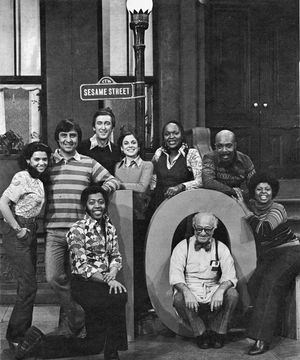
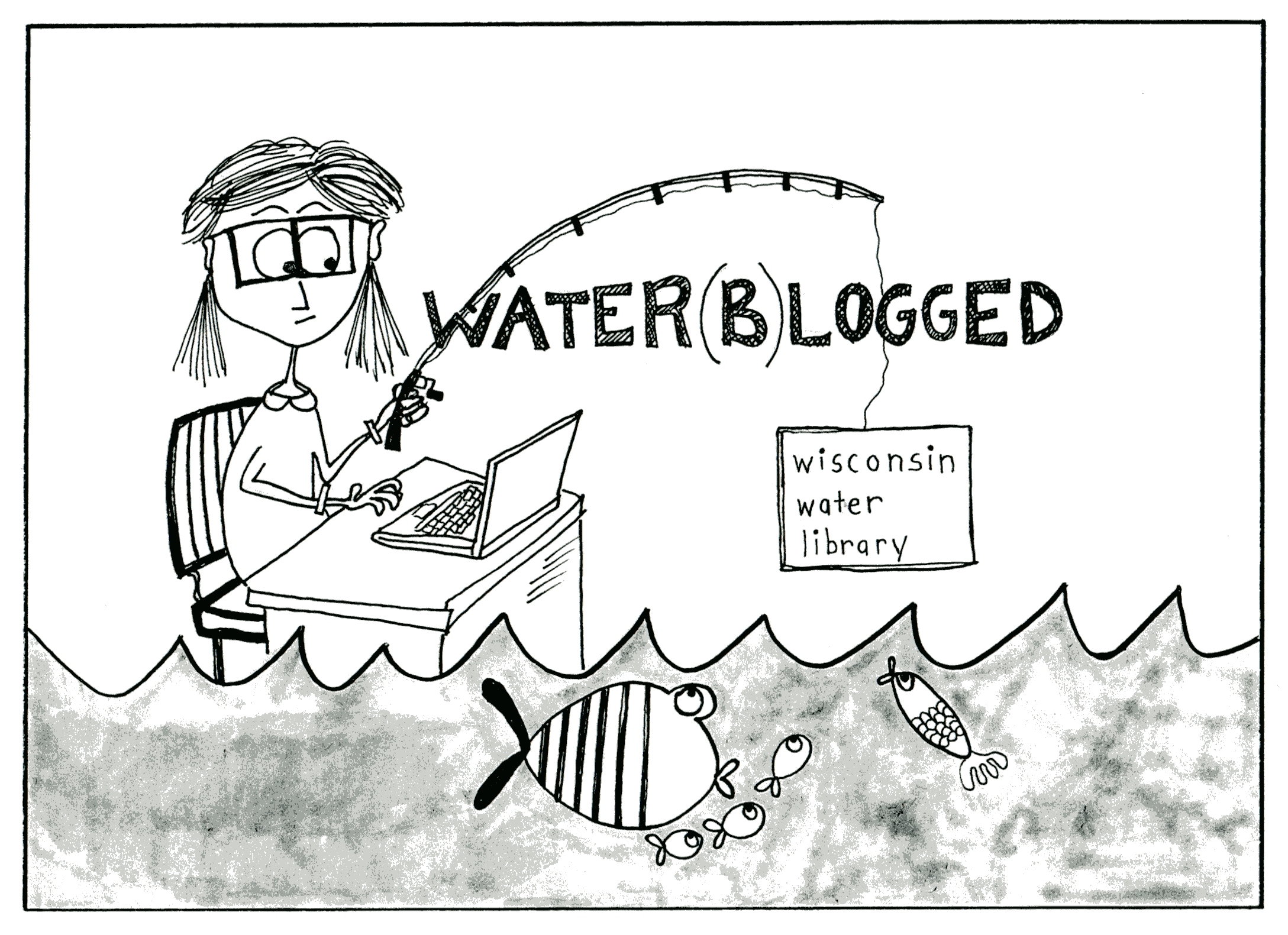
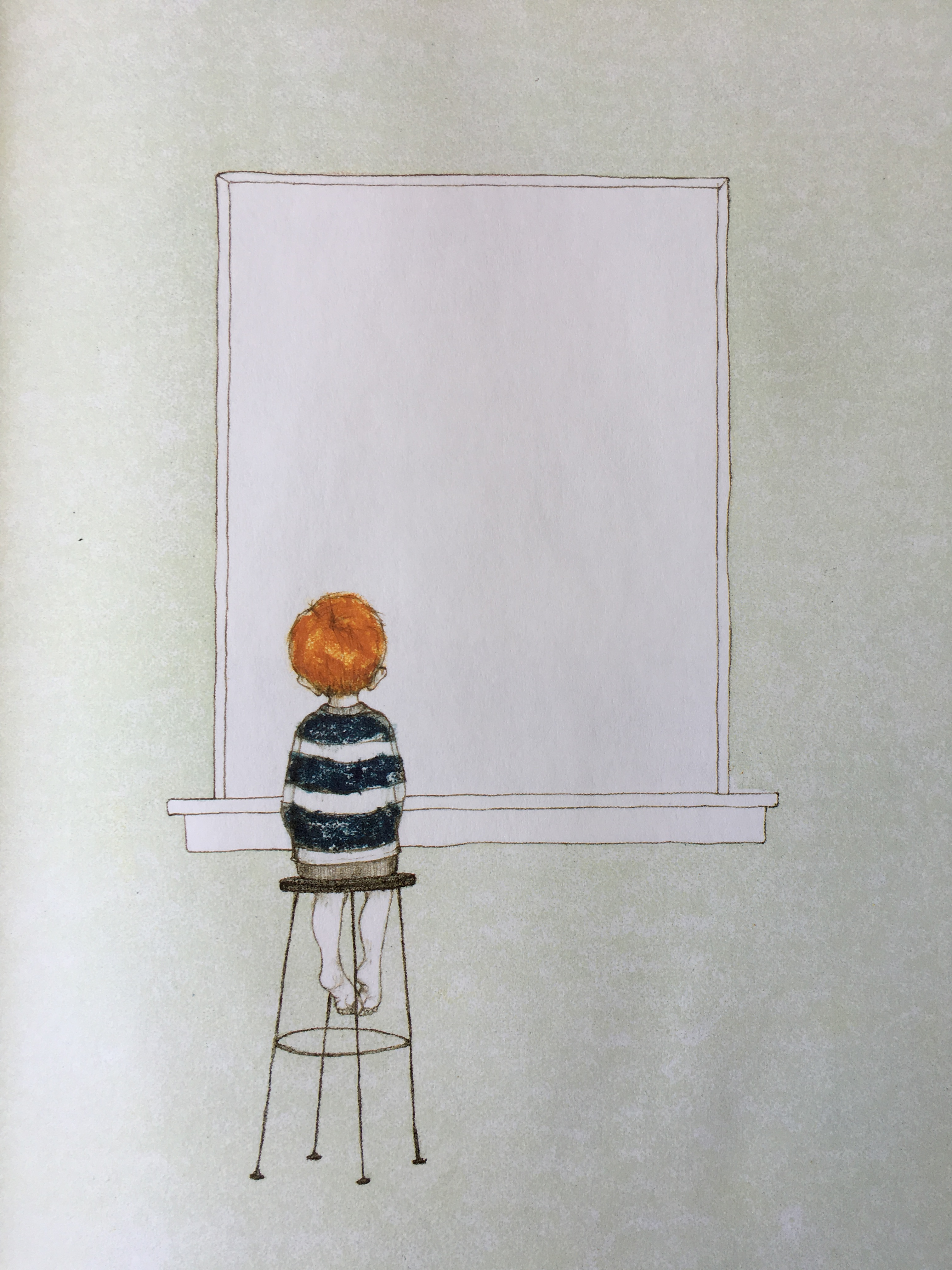
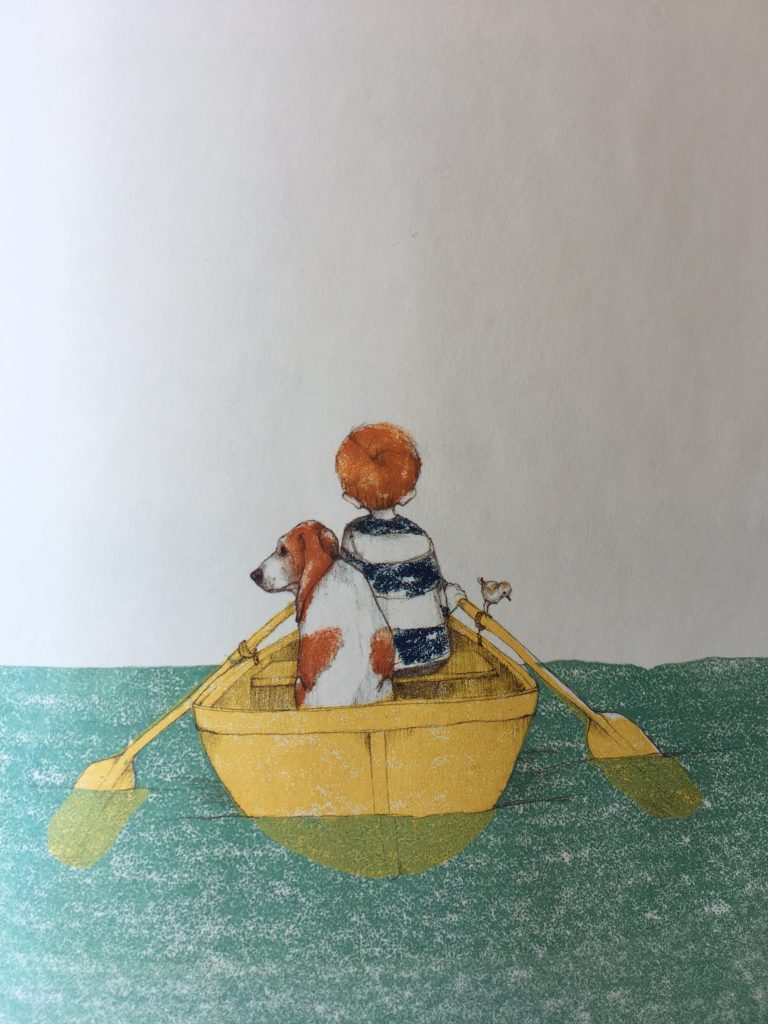
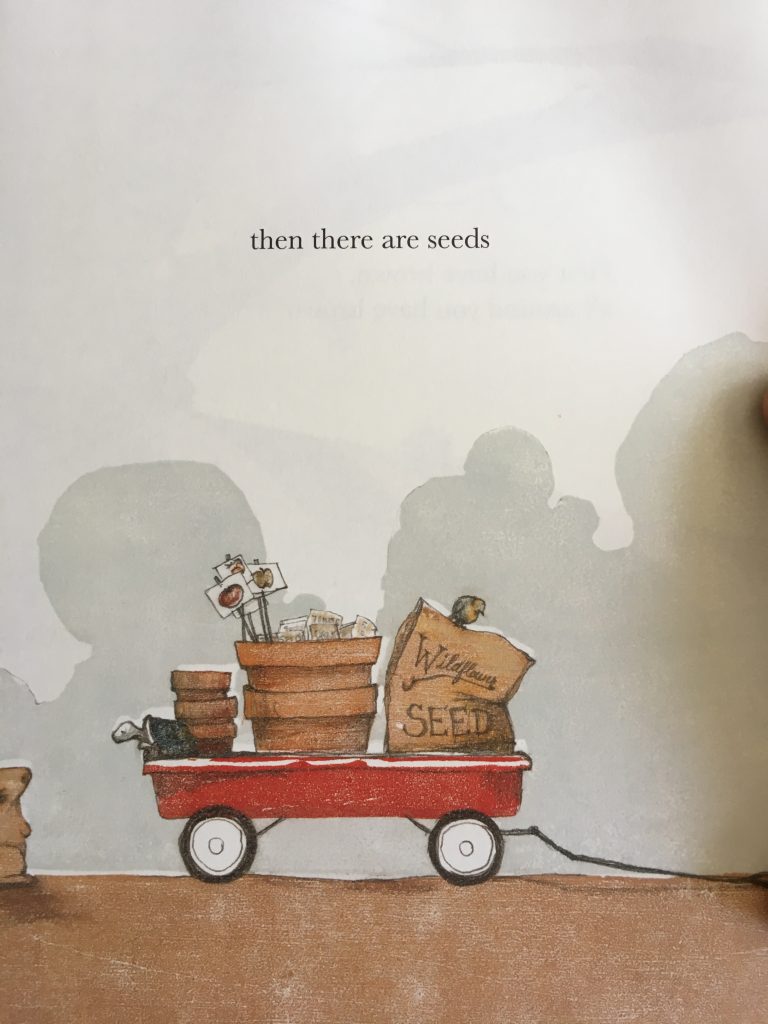
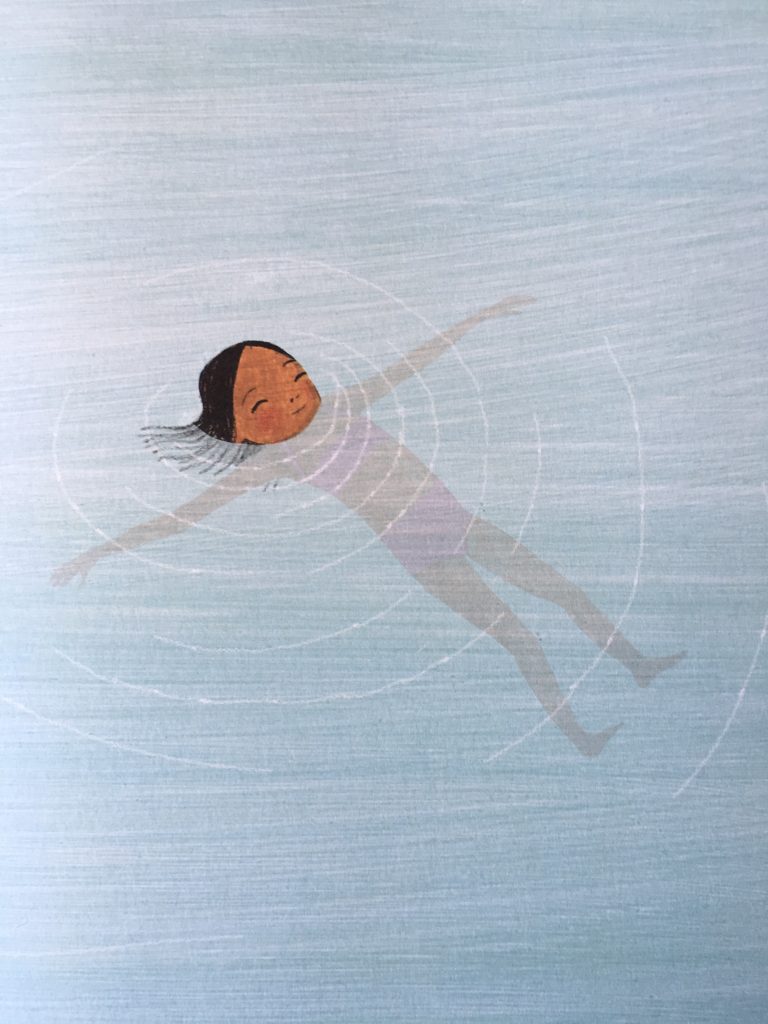
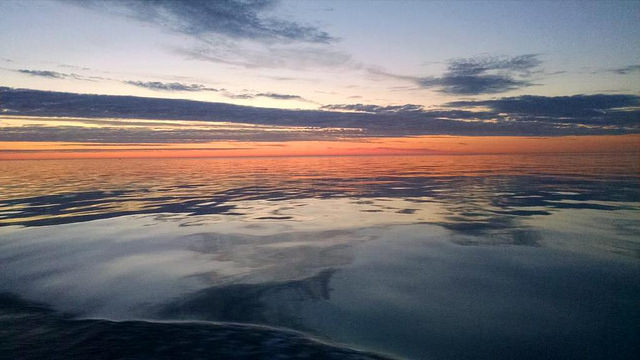
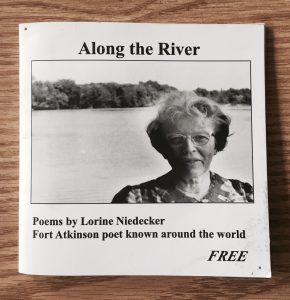 For National Poetry Month (April), serendipity introduced the Wisconsin Water Librarians to a new friend in the late Fort Atkinson poet, Lorine Niedecker (1903-1970). And speaking of friends, serendipity had a helping hand from the dedication of the
For National Poetry Month (April), serendipity introduced the Wisconsin Water Librarians to a new friend in the late Fort Atkinson poet, Lorine Niedecker (1903-1970). And speaking of friends, serendipity had a helping hand from the dedication of the 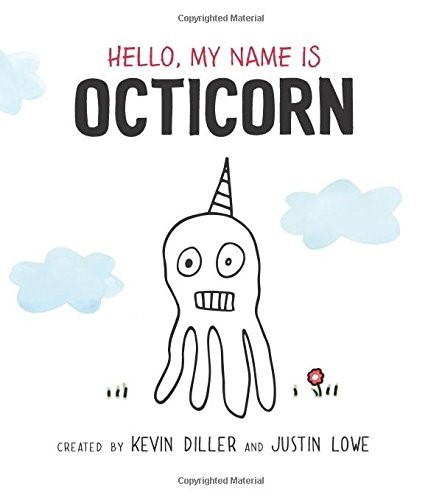


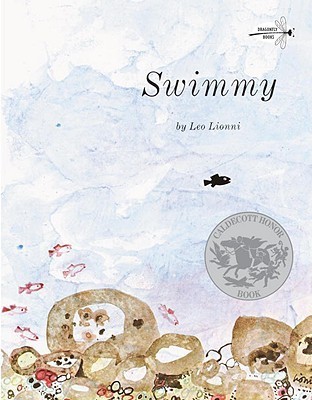
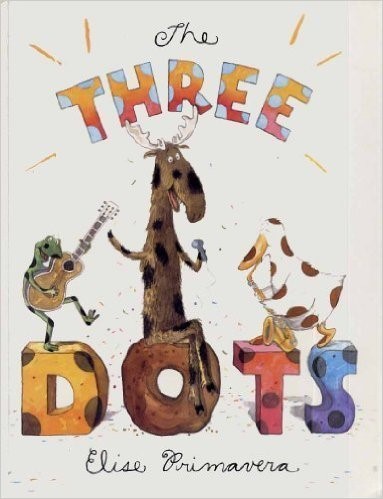
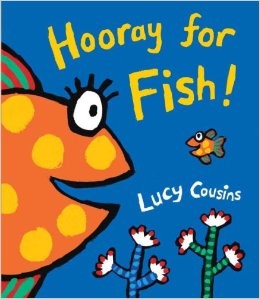
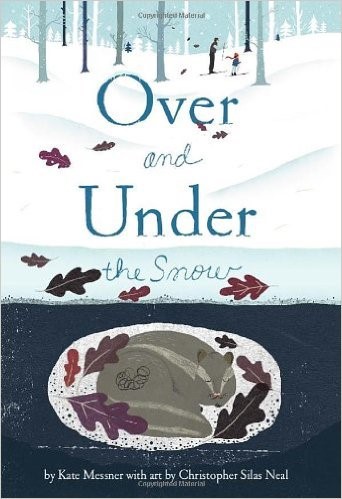
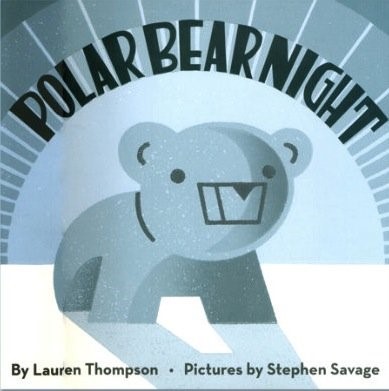
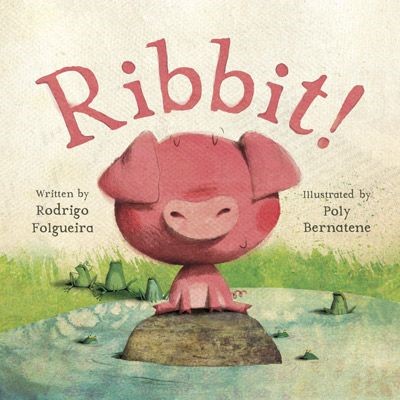
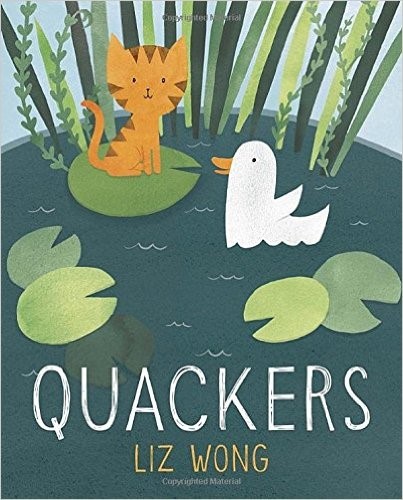

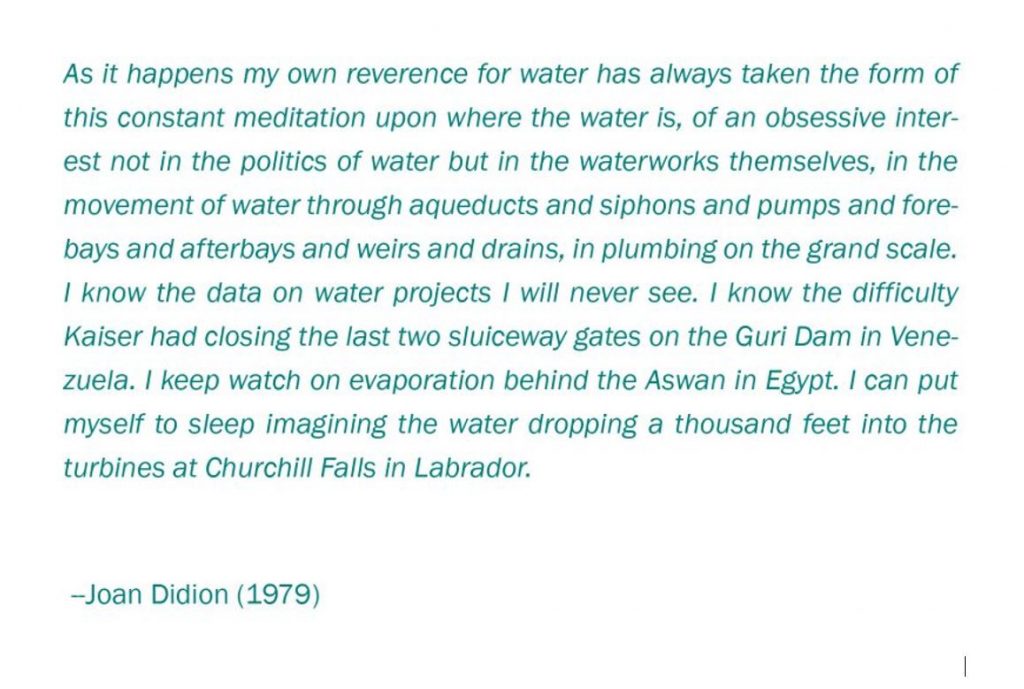 For many, the time just before and right after the New Year brings an imposed calm, or at least a welcome slowing-down, with fewer hurried work emails from fewer folks in the office. And of course, there is vacation. So, what better time to indulge in one of 2016’s best long reads about water. A “long read,” sometimes seen in compound form as “longread,” is just a newfangled term for oldfangled in-depth narrative journalism. Often literary in style, a long read invites us to bypass the brevity of tweets, status updates, and click-bait headlines for a close and considered examination of something that compels us. As water librarians, compelled by water in all its manifestations and tangential relations, we curated a list of some of our favorite pieces of the past year (ok, that’s only partly true, but who can resist Joan Didion’s gorgeous 1979 meditation on California’s vast water engineering infrastructure, or Bryan Curtis’s wonderful reporting (2014) in the regrettably defunct Grantland on the history of the American water park).
For many, the time just before and right after the New Year brings an imposed calm, or at least a welcome slowing-down, with fewer hurried work emails from fewer folks in the office. And of course, there is vacation. So, what better time to indulge in one of 2016’s best long reads about water. A “long read,” sometimes seen in compound form as “longread,” is just a newfangled term for oldfangled in-depth narrative journalism. Often literary in style, a long read invites us to bypass the brevity of tweets, status updates, and click-bait headlines for a close and considered examination of something that compels us. As water librarians, compelled by water in all its manifestations and tangential relations, we curated a list of some of our favorite pieces of the past year (ok, that’s only partly true, but who can resist Joan Didion’s gorgeous 1979 meditation on California’s vast water engineering infrastructure, or Bryan Curtis’s wonderful reporting (2014) in the regrettably defunct Grantland on the history of the American water park).